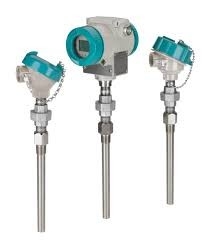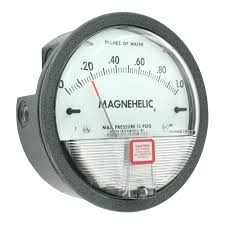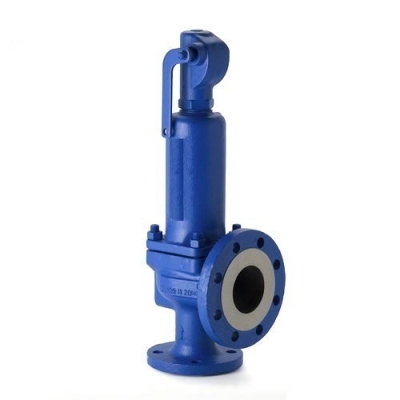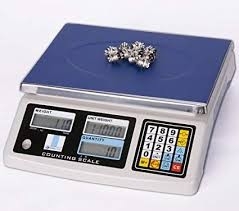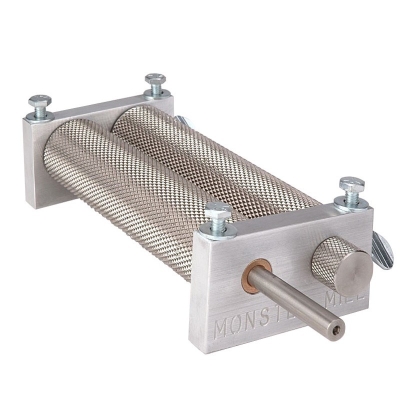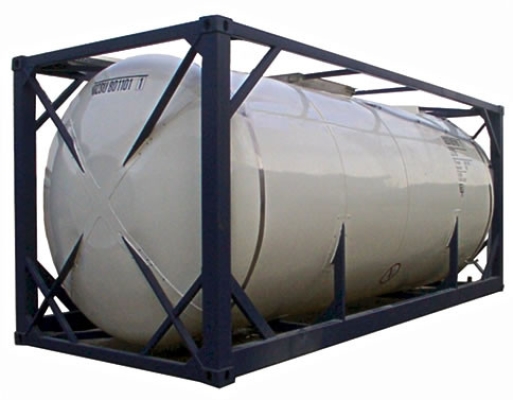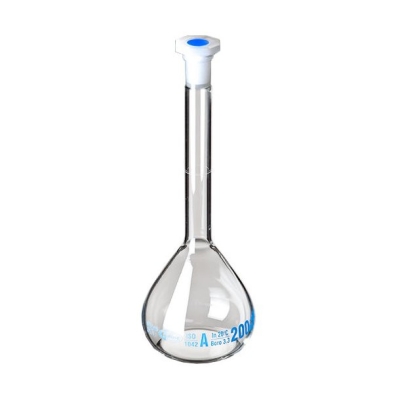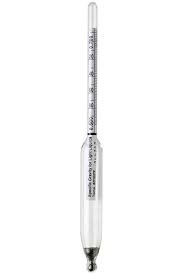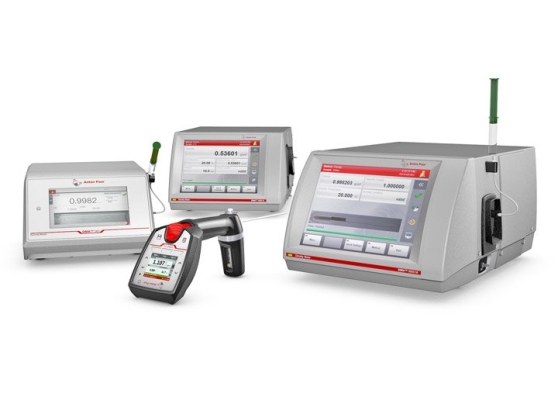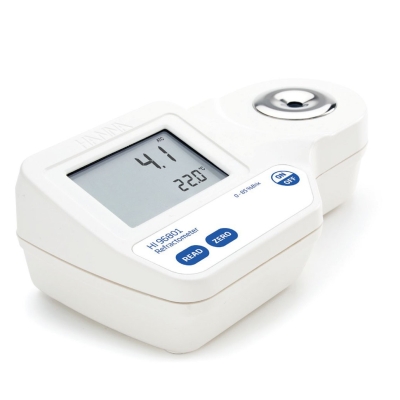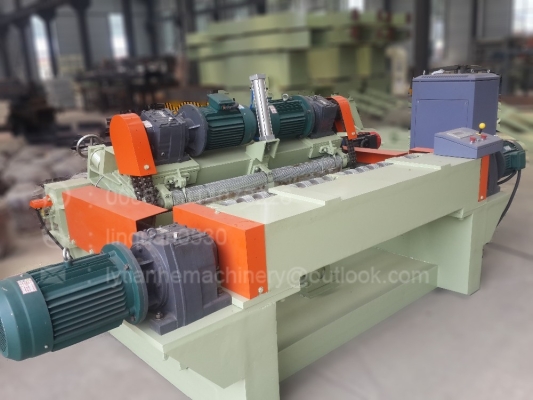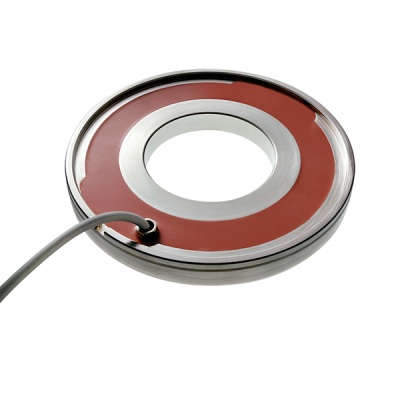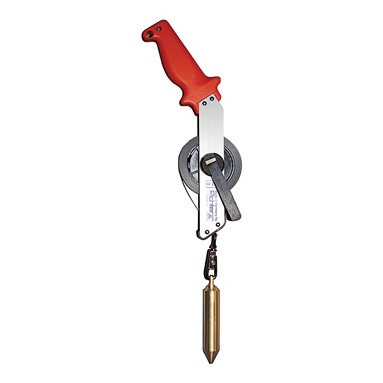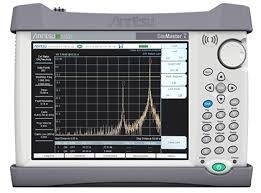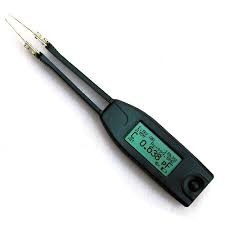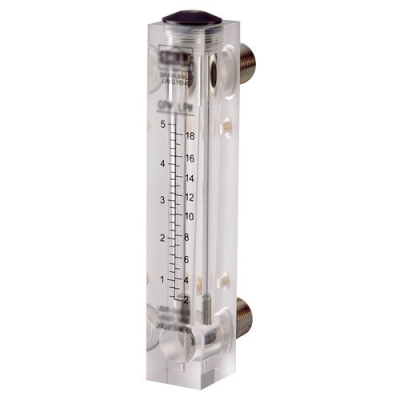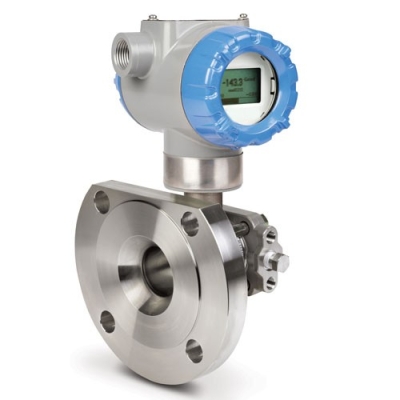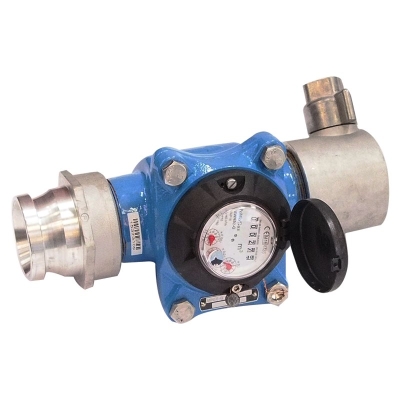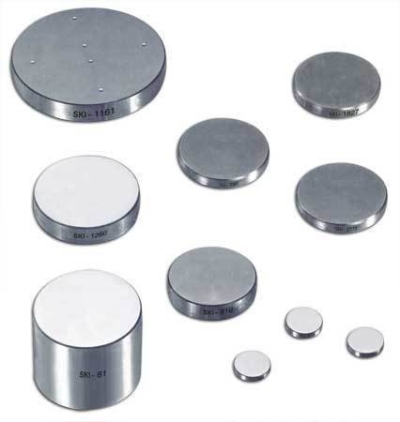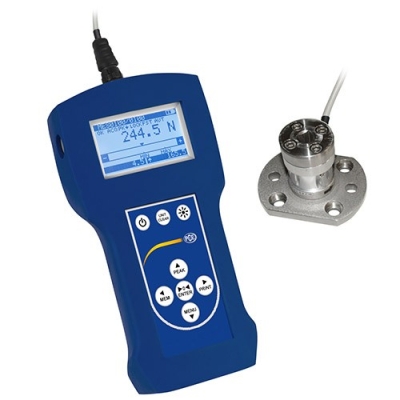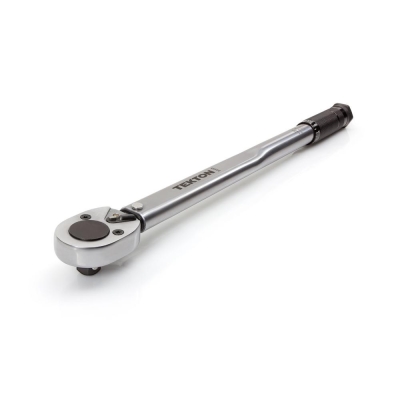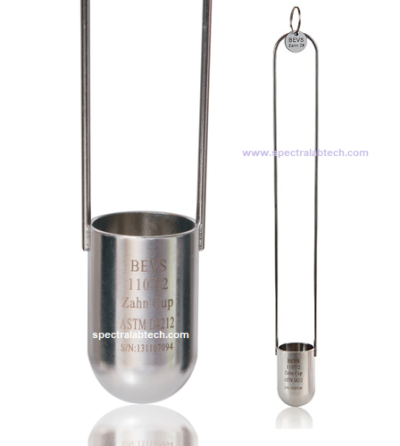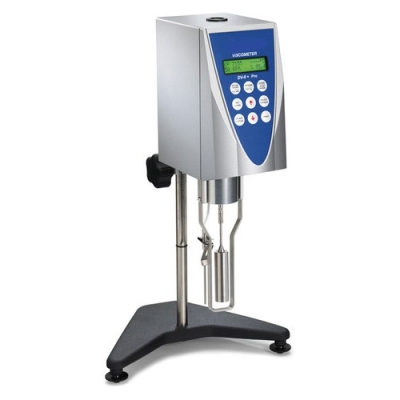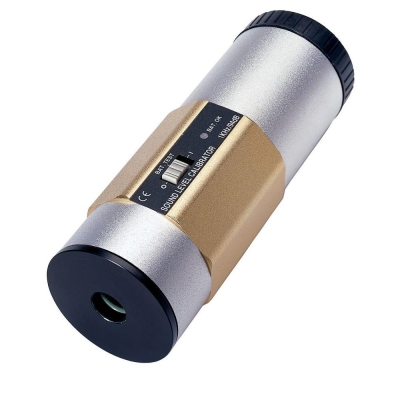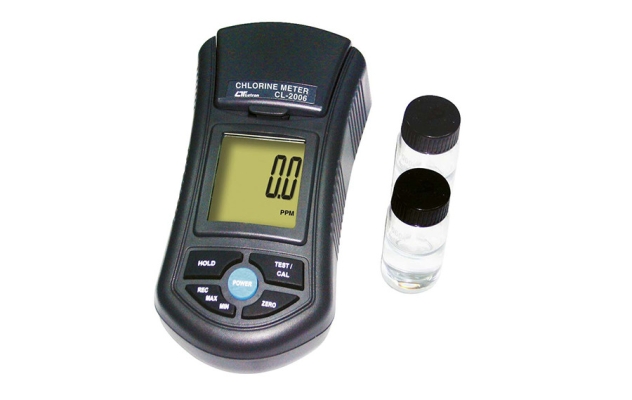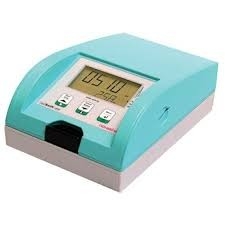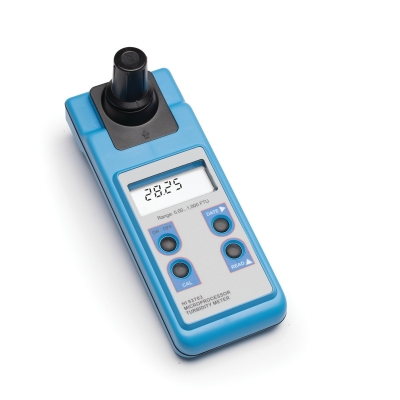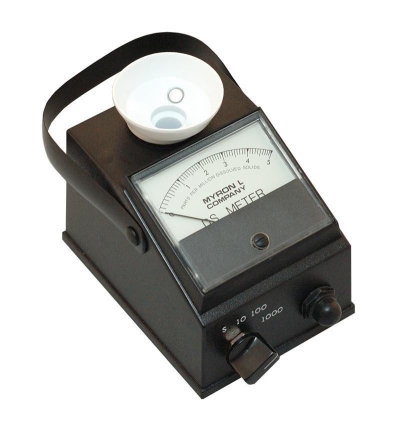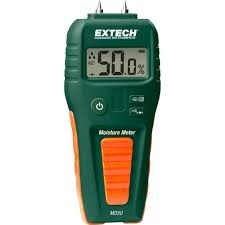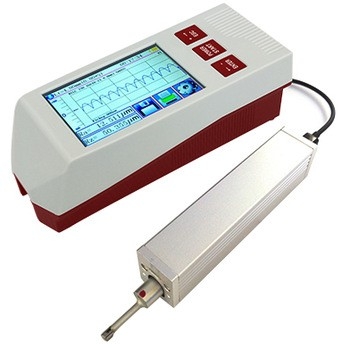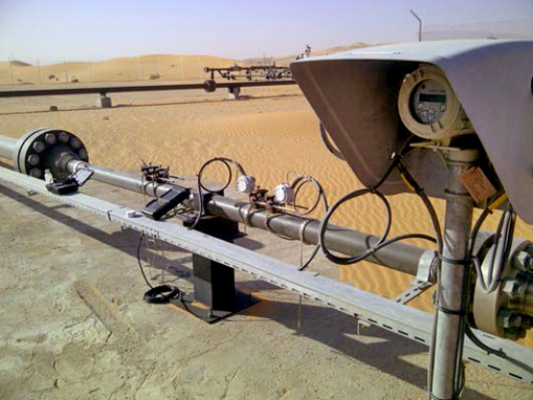- Home
- Products
Temperature is one of the seven fundamental base quantities. The basic unit of temperature in the International System of Units (SI) is the Kelvin. It has the symbol K. However, the most commonly used scales are the Celcius scale.
Temperature plays an important role in production of pharmaceutical products, food and beverages. Even a slight variance in the required temperature can affect the quality of the product and compromise its safety. Thus, temperature calibration is important for quality assurance.
Temperature plays an important role in production of pharmaceutical products, food and beverages. Even a slight variance in the required temperature can affect the quality of the product and compromise its safety. Thus, temperature calibration is important for quality assurance.
Pressure (symbol: p or P) is the force applied perpendicular to the surface of an object per unit area over which that force is distributed. The standard SI unit for pressure measurement is the Pascal (Pa). Different types of pressure measurement exist. These include gauge pressure, vacuum, absolute, barometric, and differential pressure.
Even the highest quality instruments are subject to drift over time, resulting in inaccurate measurements and substandard performance. It is very important that all instruments are calibrated by trained, competent and approved personnel.
Mass is a measurement of the amount of matter something contains. The standard International System of Units (SI) unit of mass is the kilogram (kg).
Mass calibration includes calibration for weight balances, weighing scales and standard weights. It helps to reduce process variation, scrap, rework and other costs of poor quality.
Regular and accurate time and frequency measurements help you ensure that laboratory and production processes are compliant with your standard operating procedures. Regular calibration will ensure that your time and frequency measurement instruments perform as required.
Instrument calibration is one of the primary processes used to maintain instrument accuracy. Some sample instruments/devices of GVM's calibration capabilities are indicated below:
Instrument calibration is one of the primary processes used to maintain instrument accuracy. Some sample instruments/devices of GVM's calibration capabilities are indicated below:
Instrument calibration is one of the primary processes used to maintain instrument accuracy. Some sample instruments/devices of GVM's calibration capabilities are indicated below:
Instrument calibration is one of the primary processes used to maintain instrument accuracy. Some sample instruments/devices of GVM's calibration capabilities are indicated below:
Instrument calibration is one of the primary processes used to maintain instrument accuracy. Some sample instruments/devices of GVM's calibration capabilities are indicated below:
Instrument calibration is one of the primary processes used to maintain instrument accuracy. Some sample instruments/devices of GVM's calibration capabilities are indicated below:
Instrument calibration is one of the primary processes used to maintain instrument accuracy. Some sample instruments/devices of GVM's calibration capabilities are indicated below:
Instrument calibration is one of the primary processes used to maintain instrument accuracy. Some sample instruments/devices of GVM's calibration capabilities are indicated below:
Instrument calibration is one of the primary processes used to maintain instrument accuracy. Some sample instruments/devices of GVM's calibration capabilities are indicated below:
Instrument calibration is one of the primary processes used to maintain instrument accuracy. Some sample instruments/devices of GVM's calibration capabilities are indicated below:
Instrument calibration is one of the primary processes used to maintain instrument accuracy. Some sample instruments/devices of GVM's calibration capabilities are indicated below:
Instrument calibration is one of the primary processes used to maintain instrument accuracy. Some sample instruments/devices of GVM's calibration capabilities are indicated below:

Oxygen (O2), Carbon Monoxide (CO), Nitrogen (N2), Carbon Dioxide (CO2), Hydrogen Sulfide (H2S), Ammonia (NH3)
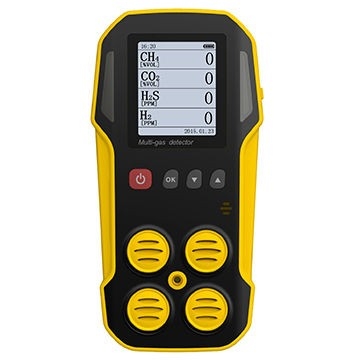
Oxygen (O2), Carbon Monoxide (CO), Nitrogen (N2), Carbon Dioxide (CO2), Hydrogen Sulfide (H2S), Ammonia (NH3)
Instrument calibration is one of the primary processes used to maintain instrument accuracy. Some sample instruments/devices of GVM's calibration capabilities are indicated below:
Instrument calibration is one of the primary processes used to maintain instrument accuracy. Some sample instruments/devices of GVM's calibration capabilities are indicated below:
Testing is customised and performed in accordance to our client’s need and requirements. Different types of testing program will be tailored on case by case basis. Some of GVM’s testing capabilities are indicated below:




